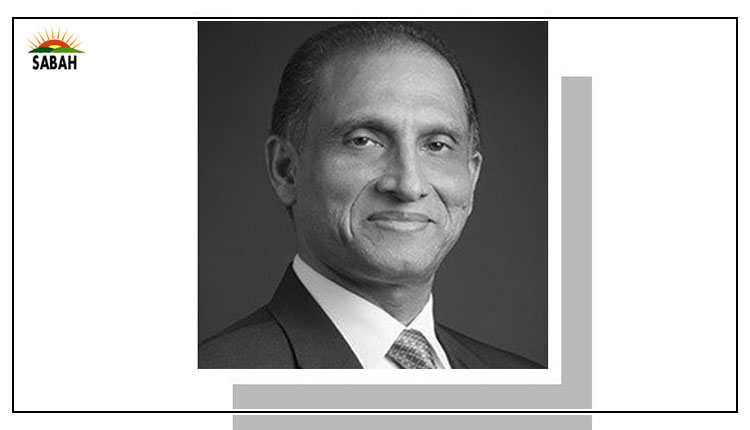Economic architecture….Aizaz Ahmad Chaudhry
THE US is having second thoughts about the Washington Consensus it had evolved in the 1990s. At that time, the Cold War with the Soviet Union had just ended, and the world had moved into the phase of globalisation and interdependence. It seemed then that the Western governance model of liberal democracy and market economies had prevailed. The Washington Consensus proposed a policy prescription of deregulation, privatisation, and free trade as a recipe for the economic modernisation of a globalised order.
Nearly three decades later, the US is questioning the assumptions underlying the Washington Consensus. Speaking at the Brookings Institution last month, US National Security Adviser Jake Sullivan explained how no assumption had delivered the desired results for the US, and had, instead, benefited China. Sullivan argued that the first assumption: markets know best undermined the US industrial base as manufacturing and supply chains of strategic goods moved overseas to China along with jobs.
The second assumption, all growth was good growth, distracted the US from critical areas of economy such as infrastructure and semiconductors. The third assumption, economic integration would make nations more responsible, had also not worked well because China, according to Sullivan, was using its economic wealth to nurture its military ambitions.
The US now wants to replace the Washington Consensus with a new international economic architecture, some features of which were identified by Sullivan: the US would rebuild its industrial base, especially for semiconductors and green technologies; work with like-minded partners to build a cutting-edge techno-industrial base; remodel trade policies to develop diversified supply chains (to reduce reliance on China-centred supply chains); and transition towards clean energy and a digital economy. It also wants to create an alternative to Chinas Belt and Road Initiative by mobilising investments in emerging economies. Clearly, alongside the Indo-Pacific Strategy to contain China, the US wants to re-establish its primacy in global trade and finance.
The US wants to replace the Washington Consensus.
And yet, indications are that the US is not seeking to decouple its economy from that of China, but only de-risking it to the extent that its national security does not face challenges from Chinas dominance of the world economy. Speaking at the Johns Hopkins University last month, US Treasury Secretary Janet Yellen confirmed that US President Joe Biden believes that China and the US can manage their economic ties responsibly.
China is disturbed about Americas protectionist measures against Chinese firms and its attempts to replace the prevailing international economic order with its hegemonic rules. However, Beijings reaction has been moderate as it wants to continue its peaceful rise to achieve the centenary goal of making China a fully developed society by 2049. At the G20 Bali summit last November, Chinese President Xi Jinping called for a more inclusive, universally beneficial and resilient global development. This message has resonated. Indonesias president cautioned that we must not let the world fall into another Cold War. The French president expressed the hope of working with China in the spirit of mutual respect, equality and reciprocity. The IMF managing director counselled against allowing protectionism to take root and the world to drift into separate blocs.
The critical difference in the economic diplomacy of the US and China is that while the US wants to work with like-minded countries to protect critical technologies and supply chains, China wants an inclusive world economic order. Its Global Development Initiative engages over 100 countries and international organisations to provide funding for projects in the developing world. It has also launched a Global Security Initiative to champion the principle of peaceful settlement of disputes.
One silver lining of the two exclusive thoughts on what the new global economic architecture should look like is that Biden and Xi have agreed to maintain bilateral communication. Their high-level officials met in January 2023 to exchange views on the macroeconomic situation, supply chains and the climate. Despite tensions over the downing of a Chinese high-altitude balloon by the US in February 2023, both sides wish to stay connected.
It would be important for the minders of Pakistans economy to closely watch the evolving global economic architecture. A welcome development is that neither the US nor China are ready to decouple their economies given their enormous economic interdependence. Pakistan has important economic linkages with both states. It makes perfect sense for it to maintain strong ties, pivoted on its economic interests, with both superpowers.
The writer is former foreign secretary and author of Diplomatic Footprints.
Courtesy Dawn, May 28th, 2023












